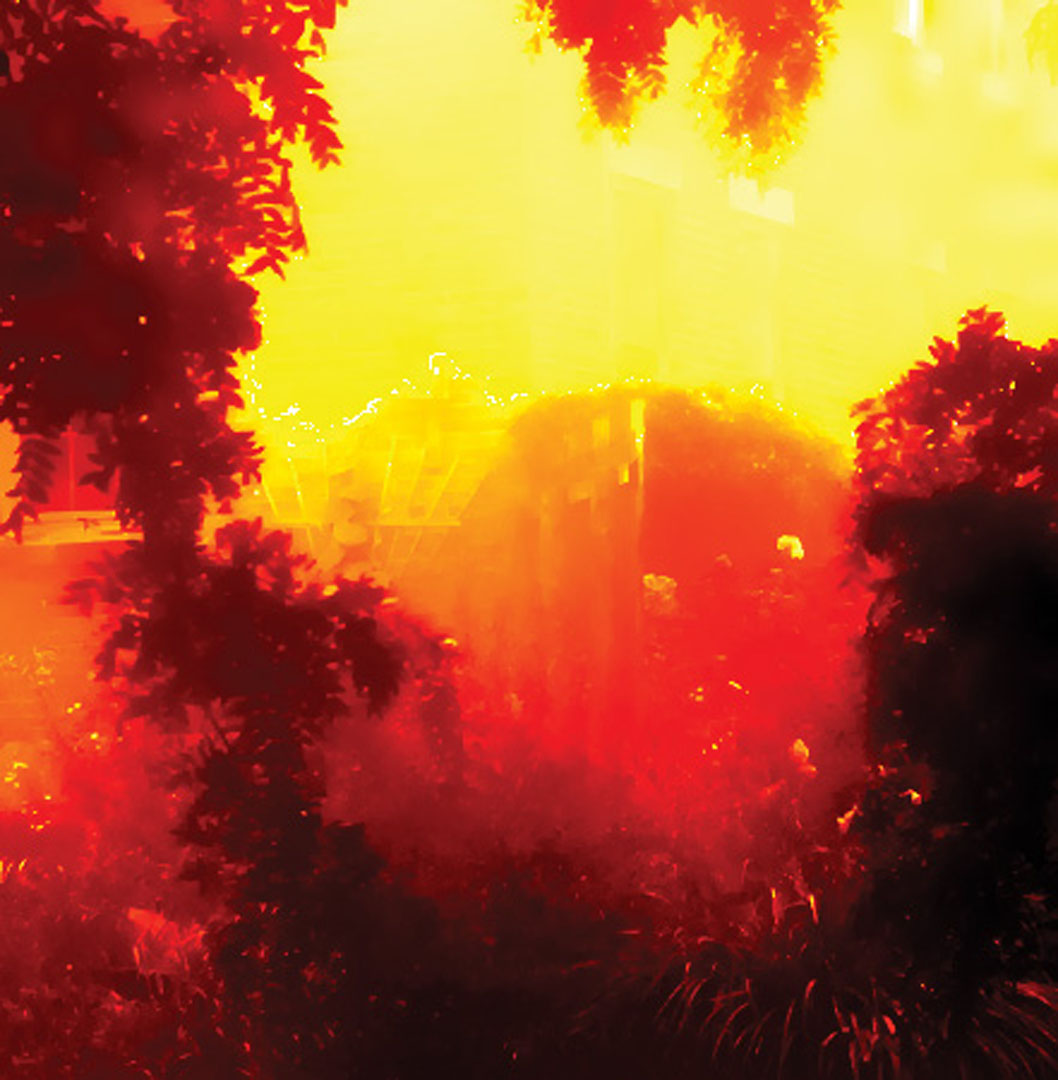“Single image dehazing”
Conference:
Type(s):
Title:
- Single image dehazing
Presenter(s)/Author(s):
Abstract:
In this paper we present a new method for estimating the optical transmission in hazy scenes given a single input image. Based on this estimation, the scattered light is eliminated to increase scene visibility and recover haze-free scene contrasts. In this new approach we formulate a refined image formation model that accounts for surface shading in addition to the transmission function. This allows us to resolve ambiguities in the data by searching for a solution in which the resulting shading and transmission functions are locally statistically uncorrelated. A similar principle is used to estimate the color of the haze. Results demonstrate the new method abilities to remove the haze layer as well as provide a reliable transmission estimate which can be used for additional applications such as image refocusing and novel view synthesis.
References:
1. Andrews, D. F., Bickel, P. J., Hampel, F. R., Huber, P. J., Rogers, W. H., and W. Tukey, J. 1972. Robust Estimates of Location: Survey and Advances. Princeton University Press; London, Oxford University Press.Google Scholar
2. Chavez, P. S. 1988. An improved dark-object subtraction technique for atmonspheric scattering correction of multispectral data. Remote Sensing of Environment 24, 450–479.Google ScholarCross Ref
3. Coon, D. 2005. Psychology: A Modular Approach To Mind And Behavior. Wadsworth Pub Co, July.Google Scholar
4. Debevec, P. E., and Malik, J. 1997. Recovering high dynamic range radiance maps from photographs. In ACM SIGGRAPH 1997, 369–378. Google ScholarDigital Library
5. Du, Y., Guindon, B., and Cihlar, J. 2002. Haze detection and removal in high resolution satellite image with wavelet analysis. IEEE Transactions on Geoscience and Remote Sensing 40, 1, 210–217.Google ScholarCross Ref
6. Fattal, R., Agrawala, M., and Rusinkiewicz, S. 2007. Multiscale shape and detail enhancement from multi-light image collections. In ACM SIGGRAPH, 51. Google ScholarDigital Library
7. Fattal, R. 2007. Image upsampling via imposed edge statistics. ACM SIGGRAPH 26, 3, 95. Google ScholarDigital Library
8. Grewe, L., and Brooks, R. R. 1998. Atmospheric attenuation reduction through multi-sensor fusion in sensor fusion: Architectures, algorithms, and applications. 102–109.Google Scholar
9. Hirschmller, H., and Scharstein, D. 2007. Evaluation of cost functions for stereo matching.Google Scholar
10. Hyvrinen, A., and Oja, E. 2000. Independent component analysis: Algorithms and applications. Neural Networks 13, 411–430. Google ScholarDigital Library
11. Koschmieder, H. 1924. Theorie der horizontalen sichtweite. In Beitr. zur Phys. d. freien Atm., 171–181.Google Scholar
12. Larson, G. W., Rushmeier, H., and Piatko, C. 1997. A visibility matching tone reproduction operator for high dynamic range scenes. IEEE Transactions on Visualization and Computer Graphics 3, 4, 291–306. Google ScholarDigital Library
13. Levin, A., Fergus, R., Durand, F., and Freeman, W. T. 2007. Image and depth from a conventional camera with a coded aperture. ACM Transaction on Graphics 26, 3, 70. Google ScholarDigital Library
14. Liu, C., Freeman, W. T., Szeliski, R., and Kang, S. B. 2006. Noise estimation from a single image. In Proceedings of IEEE CVPR, 901–908. Google ScholarDigital Library
15. Lu, J., and Jr., D. M. H. 1994. Contrast enhancement via multiscale gradient transformation. In IEEE International Conference on Image Processing, 482–486.Google Scholar
16. Narasimhan, S. G., and Nayar, S. K. 2000. Chromatic framework for vision in bad weather. In Proceedings of IEEE CVPR, 598–605.Google Scholar
17. Narasimhan, S. G., and Nayar, S. K. 2003. Interactive (De)weathering of an Image using Physical Models. In ICCV Workshop on Color and Photometric Methods in Computer Vision (CPMCV).Google Scholar
18. Nayar, S. K., and Narasimhan, S. G. 1999. Vision in bad weather. In Proceedings of IEEE CVPR, 820. Google ScholarDigital Library
19. Oakley, J. P., and Bu, H. 2007. Correction of simple contrast loss in color images. IEEE Transactions on Image Processing 16, 2, 511–522. Google ScholarDigital Library
20. Pérez, P. 1998. Markov random fields and images. In CWI Quarterly, vol. 11, 413–437.Google Scholar
21. Rahman, Z., Jobson, D., and Woodell, G. 1996. Multiscale retinex for color image enhancement.Google Scholar
22. Rossum, M. V., and Nieuwenhuizen, T. 1999. Multiple scattering of classical waves: microscopy, mesoscopy and diffusion. vol. 71, 313–371.Google Scholar
23. Schechner, Y. Y., and Averbuch, Y. 2007. Regularized image recovery in scattering media. IEEE Transactions on Pattern Analysis and Machine Intelligence 29, 9, 1655–1660. Google ScholarDigital Library
24. Schechner, Y. Y., Narasimhan, S. G., and Nayar, S. K. 2001. Instant dehazing of images using polarization. 325–332.Google Scholar
25. Shwartz, S., Namer, E., Y., Y., and Schechner. 2006. Blind haze separation. In Proceedings of IEEE CVPR, 1984–1991. Google ScholarDigital Library
26. Singh, M., and Anderson, B. 2002. Toward a perceptual theory of transparency. No. 109, 492–519.Google Scholar
27. Tan, K., and Oakley, J. P. 2000. Enhancement of color images in poor visibility conditions. Proceedings of International Conference on Image Processing 2, 788–791.Google Scholar
28. Tan, R. T. 2008. Visibility in bad weather from a single image. Proceedings of IEEE CVPR.Google ScholarCross Ref
29. Veeraraghavan, A., Raskar, R., Agrawal, A., Mohan, A., and Tumblin, J. 2007. Dappled photography: mask enhanced cameras for heterodyned light fields and coded aperture refocusing. In ACM SIGGRAPH, 69. Google ScholarDigital Library
30. Wikipedia, 2007. Unsharp masking — wikipedia, the free encyclopedia.Google Scholar
31. Yuan, L., Sun, J., Quan, L., and Shum, H.-Y. 2007. Image deblurring with blurred/noisy image pairs. ACM Transactions on Graphics 26, 3, 1. Google ScholarDigital Library
32. Zhang, Y., Guindon, B., and Cihlar, J. 2002. An image transform to characterize and compensate for spatial variations in thin cloud contamination of landsat images. Remote Sensing of Environment 82 (October), 173–187.Google ScholarCross Ref




